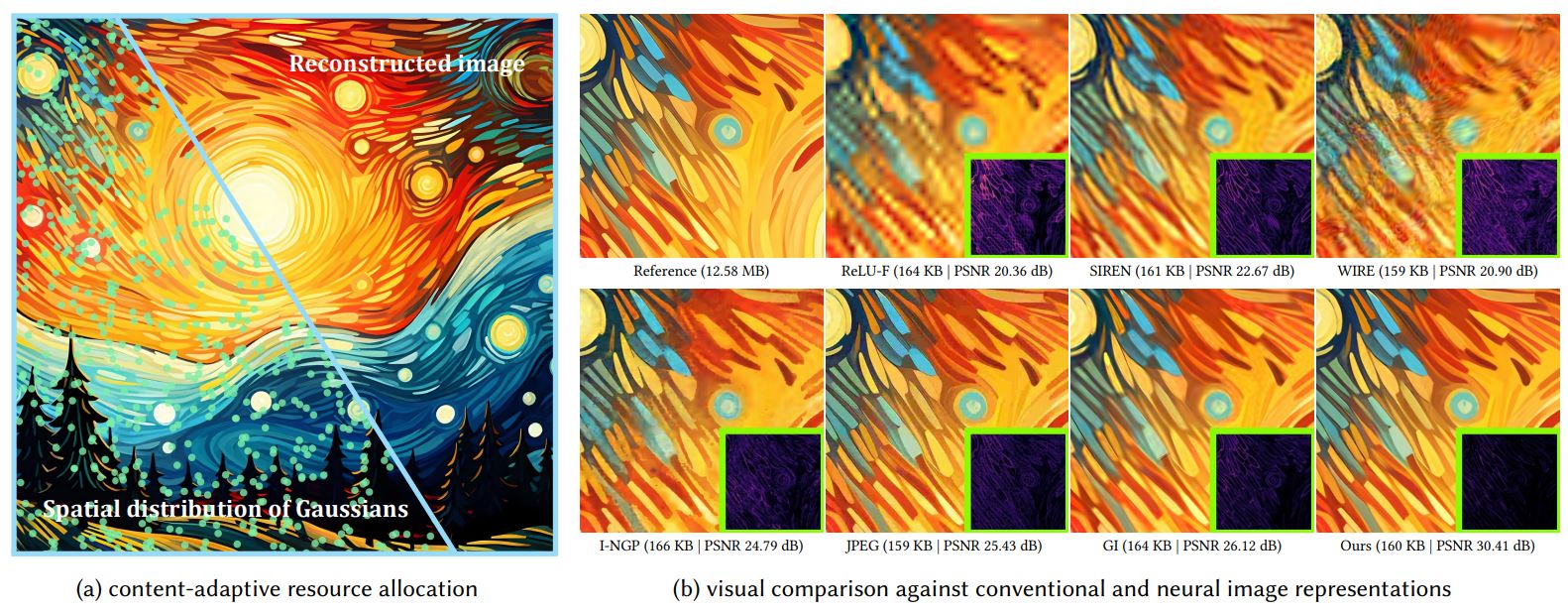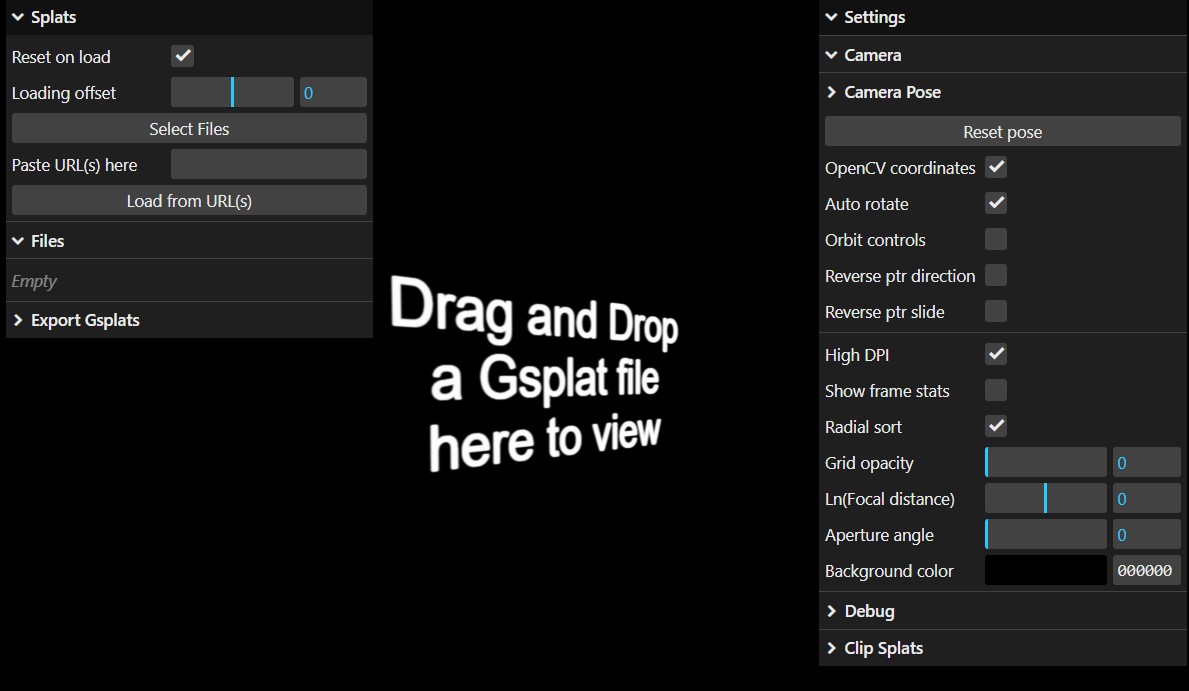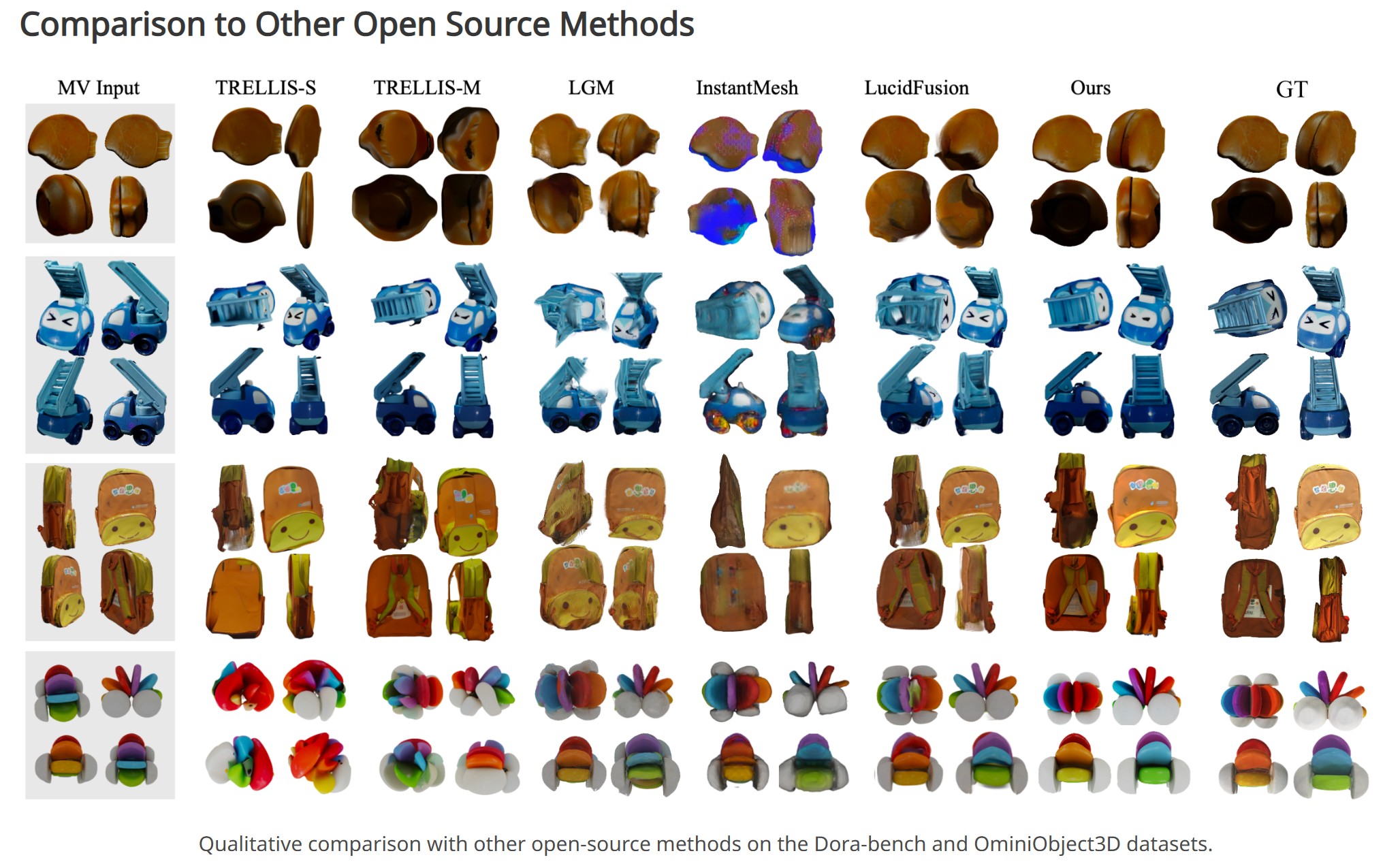BREAKING NEWS
LATEST POSTS
-
Looking Glass Factory – 4K Hololuminescent™ Displays (HLD)
𝐇𝐨𝐥𝐨𝐥𝐮𝐦𝐢𝐧𝐞𝐬𝐜𝐞𝐧𝐭™ 𝐃𝐢𝐬𝐩𝐥𝐚𝐲 (HLD for short) — razor thin (as thin as a 17mm), full 4K resolution, and capable of generating holographic presence at a magical price.
A breakthrough display that creates a holographic stage for people, products, and characters, delivering the magic of spatial presence in a razor-thin form factor.
Our patented hybrid technology creates embedded holographic layer creates the 3D volume, transforming standard video into dimensional, lifelike experiences.Create impossible spatial experiences from standard video
- Characters, people, and products appear physically present in the room
- The embedded holographic layer creates depth and dimension that makes subjects appear to float in space
- First scalable holographic illusion that doesn’t require a room-sized installation
- The dimensional depth and presence of pepper’s ghost illusions, without the bulk
Built for the real world
- FHD clarity (HLD 16″) and 4K clarity (HLD 27″ and HLD 86″), high brightness for any lighting environment
- Thin profile fits anywhere traditional displays go
- Wall-mounted, it creates the illusion of punching a hole through the wall into another dimension
- Films beautifully for social sharing – the magic translates on camera
Works with what you have
- Runs on your existing digital signage solution, CMS, and 4K video distribution infrastructure
- Standard HDMI input or USB loading
- 2D video workflow with straightforward, specific requirements: full-size subjects on green/white backgrounds or created with our templates (Cinema4D, Unity, Adobe Premiere Pro)
16″ $2000 usd
27″ $4000 usd
86″ $20000 usd -
Luma AI releases Ray3 – 16bit HDR, reasoning video model
This is Ray3. The world’s first reasoning video model, and the first to generate studio-grade HDR. Now with an all-new Draft Mode for rapid iteration in creative workflows, and state of the art physics and consistency. Available now for free in Dream Machine.
Ray3’s native HDR delivers studio-grade fidelity. It generates video in 10, 12 & 16-bit high dynamic range with details in shadows and highlights in vivid color. Convert SDR to HDR, export EXR for seamless integration and unprecedented control in post-production workflows.
Reasoning enables Ray3 to understand nuanced directions, think in visuals and language tokens, and judge its generations to give you reliably better results. With Ray3 you can create more complex scenes, intricate multi-step motion, and do it all faster.
With reasoning, Ray3 can interpret visual annotations enabling creatives to now draw or scribble on images to direct performance, blocking, and camera movement. Refine motion, objects, and composition for precise visual control, all without prompting.
Draft Mode is a new way to iterate video ideas, fast. Explore ideas in a state of flow and get to your perfect shot. With Ray3’s new Hi-Fi diffusion pass, master your best shots into production-ready high-fidelity 4K HDR footage. 5x faster. 5x cheaper. 100x more fun.
Ray3 offers production-ready fidelity, high octane motion, preserved anatomy, physics simulations, world exploration, complex crowds, interactive lighting, caustics, motion blur, photorealism, and detail nuance, delivering visuals ready for high-end creative production pipelines.Ray3 is an intelligent video model designed to tell stories. Ray3 is capable of thinking and reasoning in visuals and offers state of the art physics and consistency. In a world’s first, Ray3 generates videos in 16bit High Dynamic Range color bringing generative video to pro studio pipelines.The all-new Draft Mode enables you to explore many more ideas, much faster and tell better stories than ever before.
-
AI and the Law – Disney, Warner Bros. Discovery and NBCUniversal sue Chinese AI firm MiniMax
On Tuesday, the three media companies filed a lawsuit against MiniMax, a Chinese AI company that is reportedly valued at $4 billion, alleging “willful and brazen” copyright infringement
MiniMax operates Hailuo AI

-
Mariko Mori – Kamitate Stone at Sean Kelly Gallery
Mariko Mori, the internationally celebrated artist who blends technology, spirituality, and nature, debuts Kamitate Stone I this October at Sean Kelly Gallery in New York. The work continues her exploration of luminous form, energy, and transcendence.
-
Vimeo Enters into Definitive Agreement to Be Acquired by Bending Spoons for $1.38 Billion
-
ByteDance Seedream 4.0 – Super‑fast, 4K, multi image support
https://seed.bytedance.com/en/seedream4_0
➤ Super‑fast, high‑resolution results : resolutions up to 4K, producing a 2K image in less than 1.8 seconds, all while maintining sharpness and realism.
➤ At 4K, cost as low as 0.03 $ per generation.
➤ Natural‑language editing – You can instruct the model to “remove the people in the background,” “add a helmet” or “replace this with that,” and it executes without needing complicated prompts.
➤ Multi‑image input and output – It can combine multiple images, transfer styles and produce storyboards or series with consistent characters and themes.
FEATURED POSTS
-
The Perils of Technical Debt – Understanding Its Impact on Security, Usability, and Stability
In software development, “technical debt” is a term used to describe the accumulation of shortcuts, suboptimal solutions, and outdated code that occur as developers rush to meet deadlines or prioritize immediate goals over long-term maintainability. While this concept initially seems abstract, its consequences are concrete and can significantly affect the security, usability, and stability of software systems.
The Nature of Technical Debt
Technical debt arises when software engineers choose a less-than-ideal implementation in the interest of saving time or reducing upfront effort. Much like financial debt, these decisions come with an interest rate: over time, the cost of maintaining and updating the system increases, and more effort is required to fix problems that stem from earlier choices. In extreme cases, technical debt can slow development to a crawl, causing future updates or improvements to become far more difficult than they would have been with cleaner, more scalable code.
Impact on Security
One of the most significant threats posed by technical debt is the vulnerability it creates in terms of software security. Outdated code often lacks the latest security patches or is built on legacy systems that are no longer supported. Attackers can exploit these weaknesses, leading to data breaches, ransomware, or other forms of cybercrime. Furthermore, as systems grow more complex and the debt compounds, identifying and fixing vulnerabilities becomes increasingly challenging. Failing to address technical debt leaves an organization exposed to security risks that may only become apparent after a costly incident.
Impact on Usability
Technical debt also affects the user experience. Systems burdened by outdated code often become clunky and slow, leading to poor usability. Engineers may find themselves continuously patching minor issues rather than implementing larger, user-centric improvements. Over time, this results in a product that feels antiquated, is difficult to use, or lacks modern functionality. In a competitive market, poor usability can alienate users, causing a loss of confidence and driving them to alternative products or services.
Impact on Stability
Stability is another critical area impacted by technical debt. As developers add features or make updates to systems weighed down by previous quick fixes, they run the risk of introducing bugs or causing system crashes. The tangled, fragile nature of code laden with technical debt makes troubleshooting difficult and increases the likelihood of cascading failures. Over time, instability in the software can erode both the trust of users and the efficiency of the development team, as more resources are dedicated to resolving recurring issues rather than innovating or expanding the system’s capabilities.
The Long-Term Costs of Ignoring Technical Debt
While technical debt can provide short-term gains by speeding up initial development, the long-term costs are much higher. Unaddressed technical debt can lead to project delays, escalating maintenance costs, and an ever-widening gap between current code and modern best practices. The more technical debt accumulates, the harder and more expensive it becomes to address. For many companies, failing to pay down this debt eventually results in a critical juncture: either invest heavily in refactoring the codebase or face an expensive overhaul to rebuild from the ground up.
Conclusion
Technical debt is an unavoidable aspect of software development, but understanding its perils is essential for minimizing its impact on security, usability, and stability. By actively managing technical debt—whether through regular refactoring, code audits, or simply prioritizing long-term quality over short-term expedience—organizations can avoid the most dangerous consequences and ensure their software remains robust and reliable in an ever-changing technological landscape.
-
About green screens
hackaday.com/2015/02/07/how-green-screen-worked-before-computers/
www.newtek.com/blog/tips/best-green-screen-materials/
www.chromawall.com/blog//chroma-key-green
Chroma Key Green, the color of green screens is also known as Chroma Green and is valued at approximately 354C in the Pantone color matching system (PMS).
Chroma Green can be broken down in many different ways. Here is green screen green as other values useful for both physical and digital production:
Green Screen as RGB Color Value: 0, 177, 64
Green Screen as CMYK Color Value: 81, 0, 92, 0
Green Screen as Hex Color Value: #00b140
Green Screen as Websafe Color Value: #009933Chroma Key Green is reasonably close to an 18% gray reflectance.
Illuminate your green screen with an uniform source with less than 2/3 EV variation.
The level of brightness at any given f-stop should be equivalent to a 90% white card under the same lighting.










